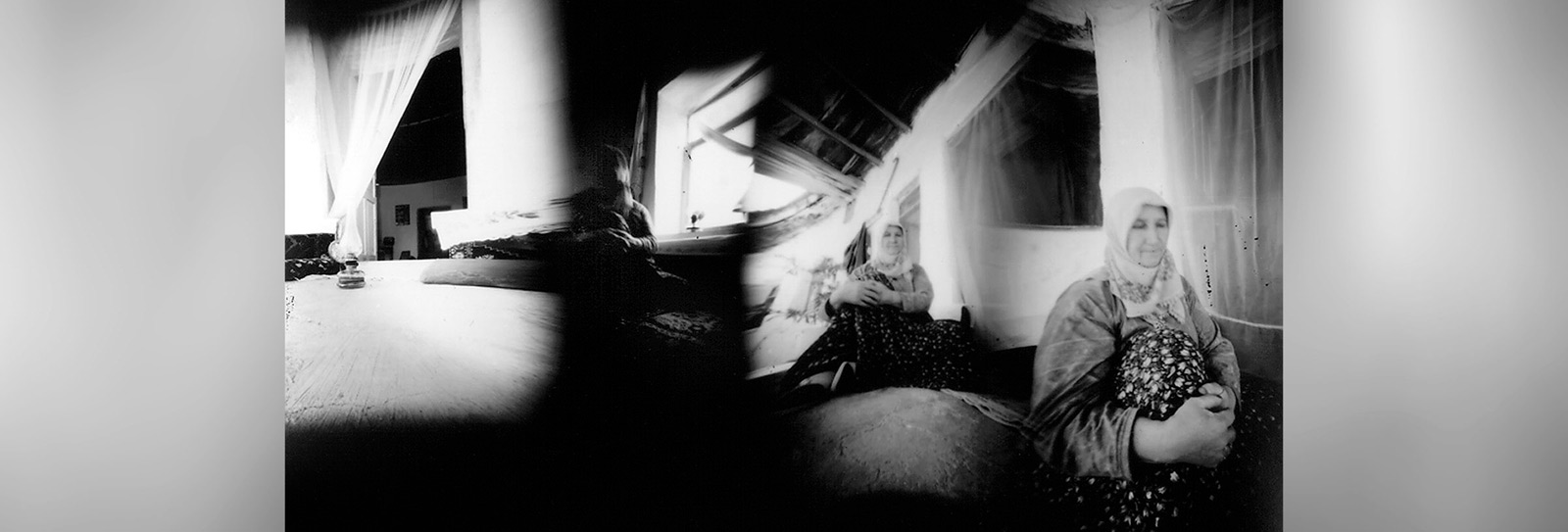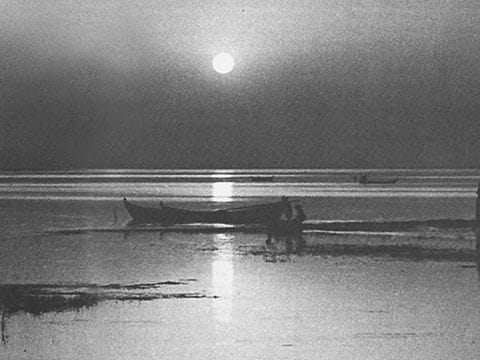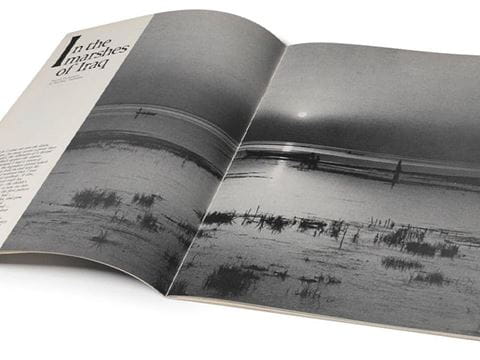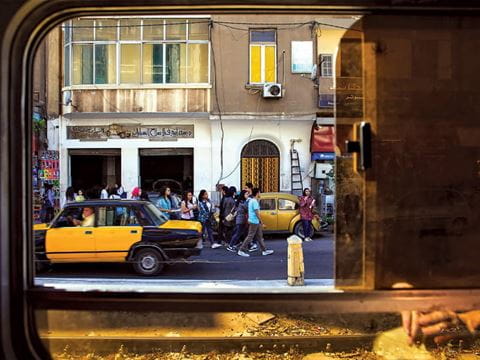
FirstLook: Inside/Outside
This "dreamlike" photograph was made both inside and outside of my grandmother’s sister-in-law’s adobe house near Ankara, Turkey using a pinhole camera that I made by hand from a paint can.
This photograph was both inside and outside of my grandmother’s sister-in-law’s adobe house near Ankara, Turkey. I was seeking scenes of people in liminal spaces such as windows and doors; in addition, a curtain—which both reveals and conceals—can be a metaphor for the difference between a perspective from the inside or from the outside of any situation.
The image used a pinhole camera that I made by hand from a paint can. Along its curve I made four holes and covered each one with electrical tape that worked like a shutter. Each hole exposed a

Pinhole camera paint can used to make the above image.
—Tuba Koymen
You may also be interested in...

Discovering Life and Architecture in Iraqi Marshes
History
Arts
Amidst "the stillness of a world that never knew an engine... he found at last a life he longed to know and share.
Spotlight on Photography: Discover the Marshes of Iraq in a Visual Story by Wilfred Thesiger
Arts
History
“In the Marshes of Iraq” — November/December 1966
How to Discover Egypt From the Inside Out
Arts
Rather than just telling travelers where to go, the guidebook Egypt: Inside Out by Trevor Naylor offers an inside-out perspective that evokes the experience of being there, inviting readers to embrace an almost meditative travel discipline of slowing down to take in the details and complexities of Egypt, moment by moment.